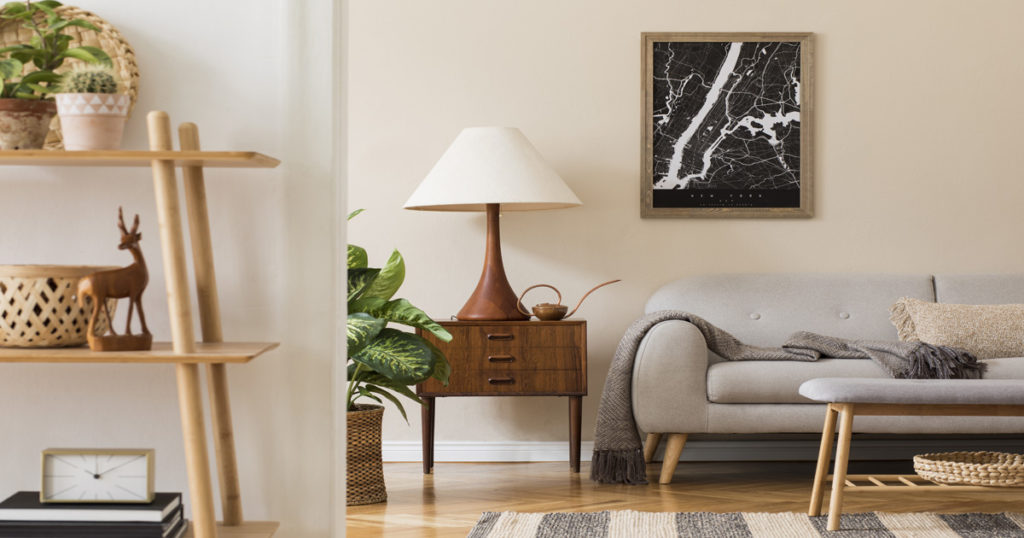With the rise of home viewings being available through photographs, high-quality video, and live virtual tours, getting the right visual representation of your home is perhaps more important than ever. Whether a person physically steps through your front door or sees a listing online, setting the right first impression is of utmost importance.
One of the most effective ways to make a great impression is through home staging. Home staging is simply the process a homeowner may go through to present their home in its very best light through the removal, addition, or rearrangement of furniture and home decor.
This process has become so widely accepted as part of the home selling process that there is an entire industry of professional home stagers. Like other professional services, home staging comes with a cost that is often recovered at a great financial value with a quick home sale or a maximized selling price. However, not everyone can afford or prioritize this professional service. If you find yourself in the predicament of staging your own home, below are some things you should definitely do and a few you should avoid.
Do:
- Take time to thoroughly declutter unwanted or unnecessary items around the house; even if you are simply storing them out of sight, remember that less is more
- Deep clean your home either personally or professionally; even if it is a newer home having all of your surfaces free of dust and grime goes a long way
- Consider rearranging or even removing some furniture pieces; just because certain items make your home more liveable for you, you want to be sure each room is showcased with the most potential
- Remember to stage spaces like outdoor porches, entryways, attics, and garages; you want potential buyers to see themselves in every space including those often overlooked or forgotten areas
- Ask a friend or neighbor to do a walk through with you; sometimes getting a fresh set of eyes and a neutral viewpoint can help you catch things you may have missed
Don’t:
- Mask or hide potential problems that a buyer would need to know about; it’s one thing to add window treatments to highlight a window or view, it’s another to keep the blinds closed to hide cracked glass
- Leave a lot of personal items lying around; remove your road trip magnets and kids’ artwork from the fridge and take down any family photographs you have displayed; not only will this protect your privacy but also it will allow a buyer to better visualize themselves in the space
- Go overboard with organization projects or redecorating; remember you are aiming to sell and subsequently leave this house– not take on substantial costs or time commitments to appeal to strangers. Sometimes just getting started and letting good enough be good enough is best
- Keep the space dark; one of the easiest and most economical ways to highlight your home is to let the light in. Open curtains and blinds, turn on lights, and get creative with your use of mirrors to reflect natural light in the space
Even with the best of intentions and efforts sometimes your time and energy may end up being of more value to you than the money you might save DIYing a home staging. If you think the task is beyond your skillset or level of ability, most real estate professionals have home stagers on standby to offer their professional expertise.



